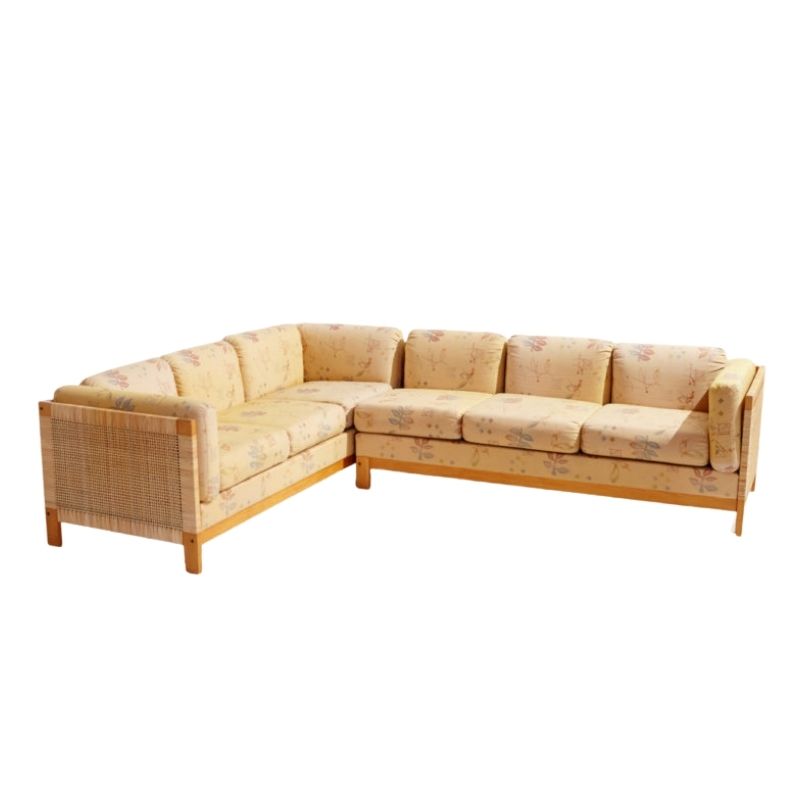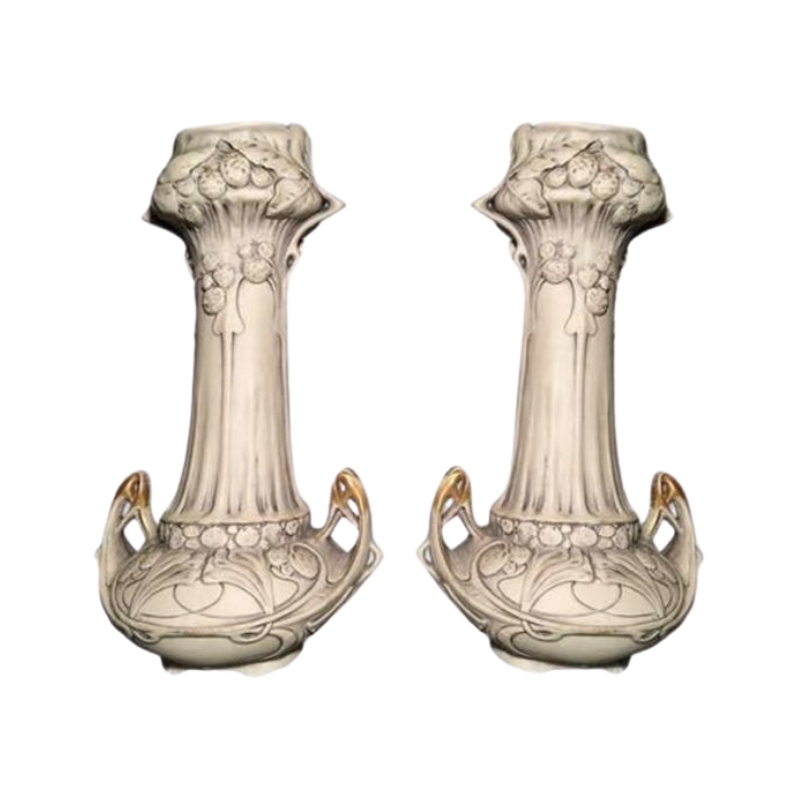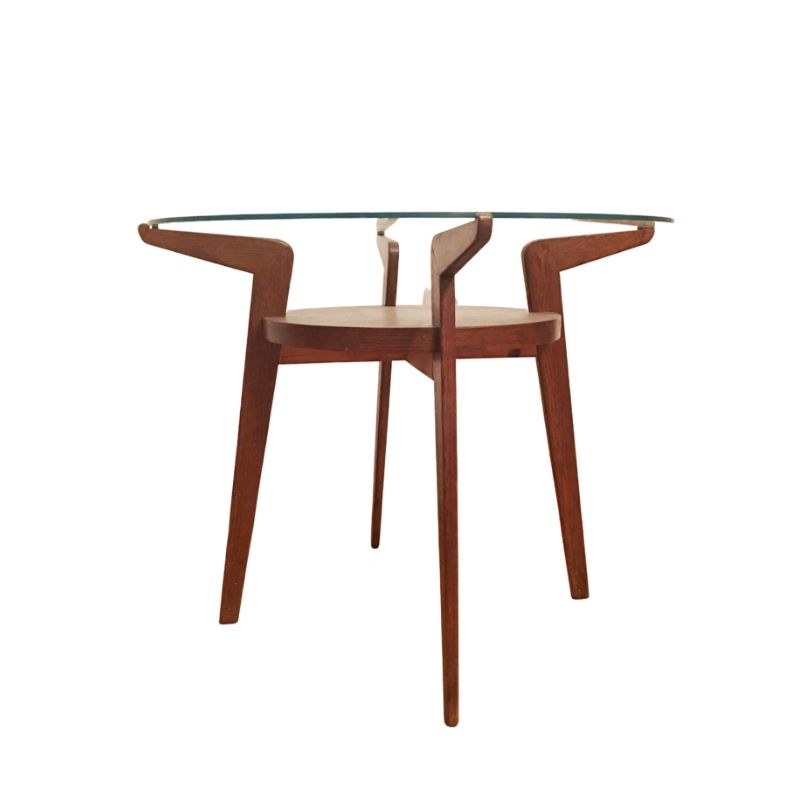Been using a lot of shellac lately and am interested in its capabilities as a moulding compound for small bowls etc. Much trouble finding a recipe, its got wood flour, shellac, pure alcohol and black (or any other) oxide in it, at the least, but a simple recipe would be a great help if anyone has one.
(and info on moulding temperature and a release agent if required)
Thanks, Heath

I use shellac
I use shellac to put pads in woodwind instruments. The problem with it is that it's very brittle and gets even more brittle with age. Have you considered using a hard polyurethane? I used to do a lot of mold making and casting and have cast hundreds of items in polyurethane. It is much more forgiving to drops (short drops) and will not get brittle over time. Try going to Smooth-on's website. They have many formulations of liquid plastic and mold-releases for making castings.
What material is your mold made from? Plaster? Silicone rubber? Polyurethane? Each will require a different mold release.
fm
http://www.smoothon.com
Why stop there ?
How about the ancient Asian practice of lacquer (made from insect casing ?), layered laboriously and (sometimes) then carved -- if I have it right ?
http://en.wikipedia.org/wiki/Lacquer
Lee's Priceless Recipes
you might enjoy this book.
my re-print copy is at work so i can't check it for the recipe you need.
still a fun read.
most concoctions will kill you just reading the ingredients, but many are
simple methods that are useful and less toxic than the modern equivalent.
a very small 5x7 inches and difficult to read the small type, but
for only 5 dollars it is worth the eye strain.
i'm holding a vintage copy i got on ebay, but it's as dark as mahogany and
impossible to read.
i use 'The Compleat Sculptor, Inc.' in NYC for casting supplies. they are very helpful and
will give you good service over the phone. someone there may know what you're
after....sculpt.com 212-243-6074
http://www.leevalley.com/wood/page.aspx?c=2&p=32226&cat=1,46096,46100&ap=3
I thought shellac was made...
I thought shellac was made of insects, lacquer from trees?
Don't know if any of you know Wolfers, a Belgian house of jewellery? Philippe Wolfers made superb art nouveau jewels, very symbolic pieces ('day-night', 'good-evil'), wonderfull stuff.
During the early art-deco period Marcel Wolfers (if I'm right) set up a professional lacquer-atelier. I've seen old photographs where Marcel stands between barrels of laquers, tagged with japanese symbols, imported from the east.
I'm a huge fan of the material, when I paint I love using lacquers, synthetic ones, would be interesting to work with the real deal..
how pricey are these raisings for casting exactly? for individual use that is?
Union Case
It would seem that the answer to your question could be supplied by searching the U.S. patent office. Quoting from the web:
"Patent Number 11,758 In 1854, Samuel Peck of
New Haven, Connecticut was awarded a patent
for manufacturing of daguerreotype cases.
Ground gum shellac and dyed fibrous material
were heated to form a plastic that was pressed
into the mold to create a daguerreotype case.
These cases became known as the Union Case or
the gutta purcha thermoplastic case."
Further, searching the web shows that Peck expanded on the earlier work of:
"1851 Nelson Goodyear (USA) patented ebonite primary thermosetting material for demanding
applications, e.g. battery boxes, pumps,
telephones, dental plates and fountain pens."
In my readings on the subject, I recall that the process required three things missing from your recipe above: a great amount of Sulphur (producing toxic fumes), heat and a considerable amount of pressure. Though I cannot provide a quote on that.
If you need any help, please contact us at – info@designaddict.com









